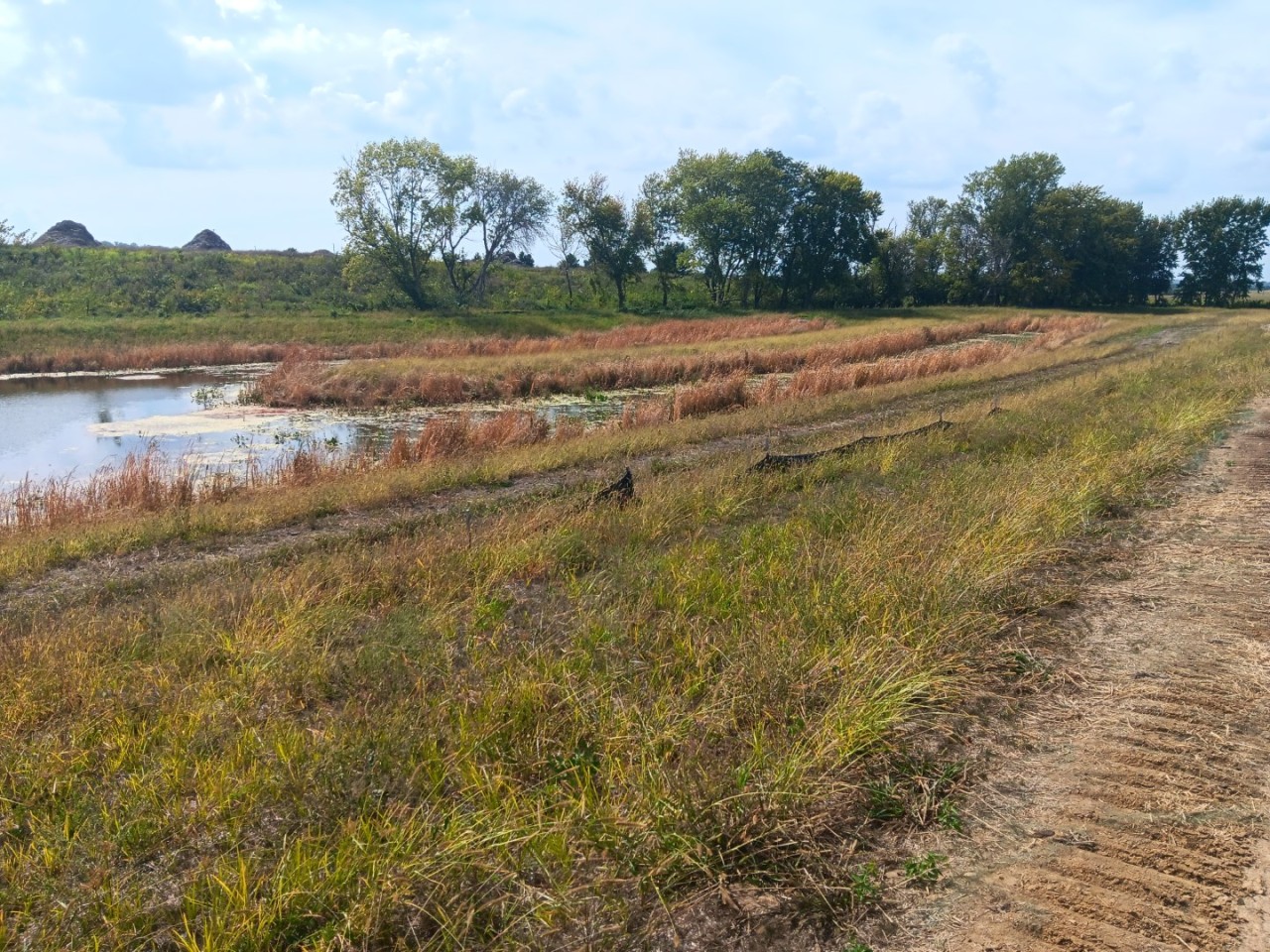Edge of field practices: Solutions for cleaner water and sustainable farming
Farmers are no doubt well-versed in weather patterns, soil makeup and seed germination.
Mention edge-of-field practices, and the conversation can become a little stilted. Despite potential to improve agriculture, many farmers have yet to adopt them. Still, the ability for edge-of-field practices to effectively boost water quality is a boon to agricultural sustainability and one to be taken seriously.
Effective edge-of-field practices reduce nitrates in surface and subsurface waterflows while lowering phosphorous levels in runoff. That means water entering public waterways is safer, healthier and more environmentally sustainable.
Farmers can implement these practices in one of two ways:
Saturated buffers and bioreactors. Bioreactors, trenches generally filled with wood chips, sit at the edges of fields. Water from tile outlets flows through the trench and is released through the buffer strip, which filters out nitrates before the water returns to the stream. .
These are the most common edge-of-field practices because they are inexpensive, simple to install and require little maintenance. Plus, little working farmland is taken out of production.
Wetlands and structures. Wetlands act as nature's filter, with plants that absorb nutrients from the water. This option has slowly become more prevalent because of increased federal funding.
Other structures, such as buffer strips, absorb excess water to prevent flooding while acting as a filter.
More than a century ago, farmers mostly relied on Mother Nature for water filtration, as they tilled soil around naturally occurring wetlands. But by the 1930s, most wetlands in Illinois and Iowa had been drained and turned into farmland – creating an ironic break in the water cycle that became evident decades later.
By 2016, experts introduced saturated buffers, followed by bioreactors a year later. Both were proposed as ways of engineering the same result that wetlands originally delivered to their communities.
Because edge-of-field practices target wet, hard-to-farm areas farmers can maximize their land's usefulness. When Fehr Graham engineers evaluate a site for potential edge-of-field practices, we look at soil type and space considerations before making a recommendation. Ideally, we want to minimize the farmland loss while maximizing environmental benefits.
While it might seem as though the impact from one farm is small, the benefits multiply. It would be simple to install many edge-of-field solutions within the same watershed and increase the environmental impact exponentially.
Together, we can make a difference.
To learn more about edge-of-field practices and how Fehr Graham can help with your project, contact us or give us a call at 630.897.4651.
 |
Donovan Wildman is an Engineer specializing in water management and environmental sustainability. He improves stormwater management, including wetlands, retention systems and edge-of-field practices. Donovan helps clients implement solutions that balance functionality and environmental impact. Reach him at |
Collaborative, Insightful, Results-Driven Solutions
Fehr Graham provides innovative engineering and environmental solutions to help improve the lives and communities of our customers.

